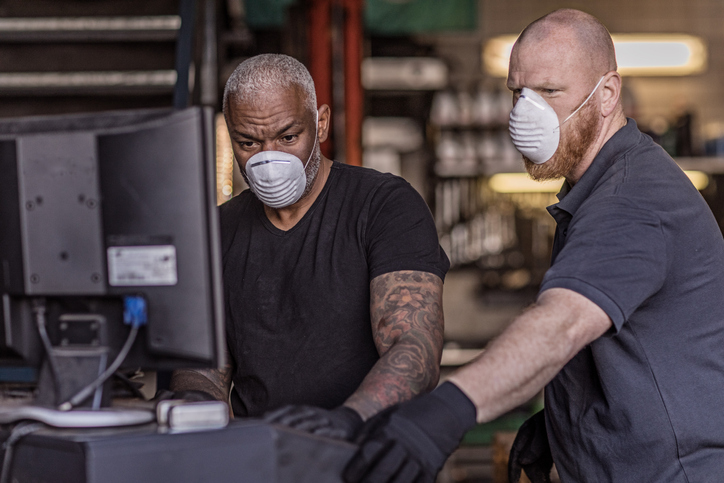
A panel discussion in D.C. examines ways to improve an important domestic labor pool.
This week the House Manufacturing Caucus partnered with the American Manufacturing Communities Collaborative (AMCC) for a panel briefing titled National and Regional Tactics to Strengthen the American Manufacturing Workforce.
This briefing was the second in a series that the AMCC – a national community of manufacturing partners – is hosting to discuss strengthening and advancing the manufacturing community model. With technological advancements, and new manufacturing job openings at record levels, the future of this sector relies on effective, synergistic strategies at the federal, state, and local levels to recruit and upskill workers.
Simply put: These emerging American industries are going to need a workforce that can staff them.
The panel discussed how strengthening the manufacturing workforce can be achieved, providing specific recommendations for improving workforce efficiency and retention to increase capability and sustainability. Common themes included supporting a positive work culture (in spheres of diversity, inclusion, and encouraging mobility), providing balanced training such as subsidized certificate classes, investing in new technology implementation in offices, and addressing concerns such as transportation and childcare.
It’s hard to have effective employees, after all, if they can’t reliably get to work or see that their responsibilities at home
Jeannine LaPrad, the policy and research director at the National Skills Coalition, detailed the importance of focusing on workplace inclusion and development. While urging policymakers to prioritize workplace investments and equity in federal recovery efforts, she recommended that workplace leaders pool attention to ensuring their worker development systems are equitable and accessible. By investing in people through programs such as tuition reimbursement, subsidized certifications and licenses, and on-site training, she explained, workers will see a clearer future for themselves in the field.
Her recommendations were seconded by Michael Mullins, director of the North Carolina Defense Industry Diversification Initiative at North Carolina State’s Industry Expansion Solutions program and the Wisconsin Center for Manufacturing & Productivity’s Buckley Brinkman, who detailed the ecosystem required for enhancing innovation opportunities. In addition to backing LaPrad’s suggestion of prioritizing worker development, the two brought up new, regional areas of concern for the workforce: the aforementioned transportation and childcare accessibility.
“Infrastructure investments should be employed with labor standards and buy America provisions attached.”
Zoe Lipman, Deputy Director of the industrial union council, afl-cio
They urged small companies to recruit a diverse workforce – including veterans, formerly incarcerated individuals, women, immigrants and individuals with disabilities – and to provide training and social capital development to provide mobility and room for advancement within their companies. Essentially, they argue that a bigger labor pool is a stronger one. With this strategy implemented in addition to insourcing, they explained, the manufacturing workforce will become stronger and more sustainable in the long-term.
Ron Williams, director of the Center for Strategic Entrepreneurship at Coppin State University, also provided new strategy recommendations for increasing diversity and equity in manufacturing fields, while fostering relationships between community, corporate, and academic institutions. Williams noted historically Black colleges and universities (HBCUs) serve more economically disenfranchised students than most U.S. institutions, and over-perform when it comes to socioeconomic mobility rates for their students.
So draw that out, he argued: By developing an HBCU strategy that includes support for inter-institutional collaboration – particularly including vocational schools and community colleges – strong relations can be built between the manufacturing community, corporate offices, and these educational and academic institutions.
And Zoe Lipman – the deputy director of the Industrial Union Council at the AFL-CIO – further emphasized the importance of a comprehensive approach to the manufacturing workforce and its training. That means a labor focus that works in unison with demand- and supply-side policies. And it means government spending on projects that require large amounts of manufactured inputs should favor domestic manufacturing.
“Infrastructure investments should be employed with labor standards and buy America provisions attached,” Lipman said, such that policies have the breadth to strengthen the workforce synergistically.
By making sure government spending directly benefits domestic workers and companies, she argued, the manufacturing sector will have a more direct training-to-workforce pipeline, improving mobility for workers and long-term sustainability for the American workforce.
